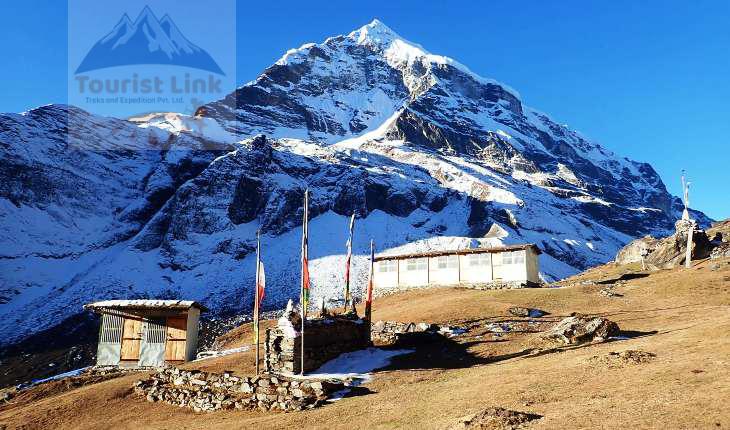
Makalu Base Camp & Barun Valley Trek
MAKALU BASE CAMP & BARUN VALLEY TREK OVERVIEW
Mt. Makalu is the world’s fifth highest peak and certainly a proud neighbor of Mt. Everest. The Makalu Barun National Park, established in 1992, is an absolute virgin land spread out over 1500 sq km in eastern Nepal.
Located in the Barun Valley, which stretches east from Solukhumbu National Park and passes through the high plateau of Tibet and deep sub-tropical gorge formed by Arun river.
This remote area is under an agreement between Nepal and China, therefore falls under the International Protected Area. It spreads over two districts, Solukhumbu and Sankhuwasabha.
Additionally, the Makalu Region is also well known for one of the most popular trekking peaks, the Mera Peak. (6,654 m). The region also provides amazing views of the majestic snow-capped Himalayan peaks including Mt. Makalu (8463m), Mt. Chamlang (7,319m) and Mt. Baruntse (7,129 m).
The Makalu Barun Valley is an epic of contrasting features where you find high waterfalls cascading into deep gorges. It is followed by weather-beaten rocks rising proudly from lush green forests and the carpet of colorful flowers beneath the snow-white peaks.
The Makalu Barun region has a rich biodiversity. Thus, it is home to a variety of exotic flowers like the rhododendrons and orchids. Similarly, you can also find an abundance of wildlife like the snow leopard, red panda, wild boar, musk deer, wild yak, himalayan thar, etc.
Furthermore, this region is a home for more than 420 species of avian life. Among the unique species, Spiny Babbler is the bird only found in Nepal.
The trek takes off after we reach Tumlingtar in mid-eastern Nepal. The Makalu Trek starts from Chichila, which is a 3 hours drive from Tumlingtar. We pass the beautiful Barun River Valley in the Makalu Barun National Park. This stretch of the trek will see us crossing some really high passes like the Shipton La, Keke La and also some beautiful lakes like the Kalopokhari and so on.
During this trek, you walk from the lowlands of Tumlingtar on the Arun River to one of the highest Base Camps the Makalu Base Camp at 5,000m above sea level. Autumn is considered to be the best season to do this trek.
Some Glimpse of this Amazing Trek:
- Trek to fifth Highest Mountain in the world – Makalu.
- Trek through Makalu Barun National Park and Conservation Area.
- Walk to one of the most remote and isolated areas of Nepal.
- Stunning view of Mt. Everest, Mt. Lhotse, Mt. Baruntse, Mt. Chamlang and Makalu.
- Explore the diverse flora, Fauna and geographic diversity comprising rare Snow Leopard, Musk Deer, Red Panda, Wild Boar, Himalayan Thar, and Wild Yak.
- Experience the warm hospitality of Sherpa, Limbu, and Rai.